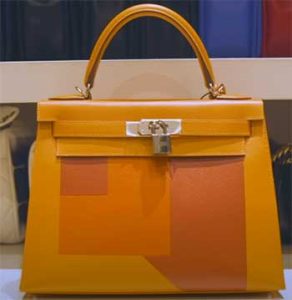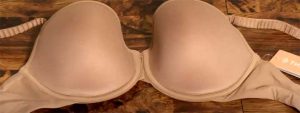Sundance Catalog has developed a reputation for offering high-quality, artisan-made clothing, jewelry, home goods, and more at premium prices. For many shoppers, glancing through the Sundance catalog or website leads to sticker shock.
Why are the prices so high compared to mainstreet brands and big box retailers?
Reasons For Sundance Catalog Being So Expensive
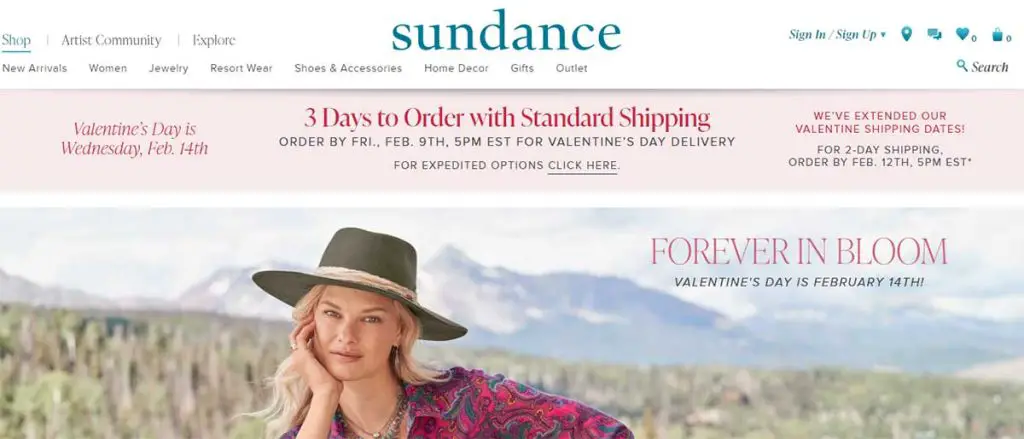
There are several key reasons why Sundance commands such lofty prices for its products. Here is a list of them:
- Unique, Artisan-Crafted Items
- Ethical Production
- Eco-Friendly & Natural Materials
- Made in the USA
- Small Batch Production
- Premium Natural Dyes & Inks
- Rare & Exotic Materials
- Multi-Step Artisanal Process
- Low Production Volume
- Rare & Unique Products
Let’s talk about these reasons in detail.
- Unique, Artisan-Crafted Items
Much of what Sundance sells is unique, artisan-crafted merchandise you won’t find anywhere else. Sundance focuses on selling handmade items and products produced in small batches by skilled artisans. This includes things like:
- Handknit sweaters, ponchos, and accessories made from premium yarns like alpaca, merino wool, cashmere, and pima cotton. Each piece takes hours of expert work.
- Handcrafted pottery and ceramics made in small villages around the world using time-honored techniques perfected over generations.
- Handblown glassware, vases, and decorative objects made by master glass artisans.
- Handwoven rugs, pillows, and textiles made on old-fashioned looms using natural fibers and dyes.
- Handcrafted jewelry made using precious metals, stones, and unique components.
- Wooden furniture, bowls, and home decor items hand-carved by artisans.
- Soaps, lotions, and bath products handmade in small batches using natural ingredients.
The level of meticulous craftsmanship that goes into these products means much lower production volumes compared to mass-produced items. And the cost of the high-end materials used also contributes to the higher prices. You’re paying for truly one-of-a-kind creations.
- Ethical Production
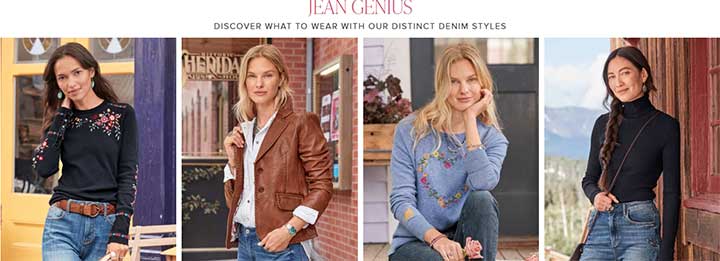
In addition to being handcrafted, many of the artisan-made products sold by Sundance Catalog are created ethically using sustainable practices.
The company focuses on sourcing merchandise from artisan cooperatives and small-scale production partners that pay fair wages and use environmentally-responsible methods.
For example, Sundance sells handwoven textiles made by indigenous Mayan artists in Guatemala. The weavers are paid fair trade prices for their work that support livable wages.
These ethical production methods enable artisans to preserve their craft, support their families and communities, reduce environmental impact, and uphold cultural traditions. But they add to the cost compared to conventional mass manufacturing.
- Eco-Friendly & Natural Materials
The clothing, bedding, bath items, and other products sold by Sundance emphasize natural, eco-friendly materials including:
- Organic cotton, linen, and hemp
- Ethically sourced alpaca, merino wool, cashmere
- Sustainably harvested wood
- Natural beeswax, plant oils, and botanical extracts
These renewable, biodegradable materials are generally more expensive than synthetic fabrics, plastics, and chemical ingredients used by mainstream brands. But they align with Sundance’s commitment to environmental sustainability. Customers pay a premium for that peace of mind.
- Made in the USA
Many of the Sundance Catalog products are made in America by skilled artisans. Instead of importing inexpensive goods mass-produced overseas, Sundance focuses on quality domestic production.
The “Made in the USA” label commands higher prices, but gives assurance that each item meets the company’s high standards. Labor and operating costs are also typically higher for American-made goods compared to imports.
- Small Batch Production
Items produced in smaller batches inherently cost more per unit. Sundance partners with artisans creating products by hand in limited quantities. They don’t benefit from the economies of scale of mass production.
The price per item has to account for the cost spread over just dozens or hundreds of units, rather than thousands.
- Premium Natural Dyes & Inks
Much of the clothing, linens, and textiles sold by Sundance feature natural plant-based dyes and prints made using natural inks. These botanical colors cost more than artificial dyes, but they produce subtle, complex hues and avoid harmful chemicals.
Natural block printing and artisanal dyeing techniques also take more time and care. These traditional methods add cost compared to machine printing on fabric.
- Rare & Exotic Materials
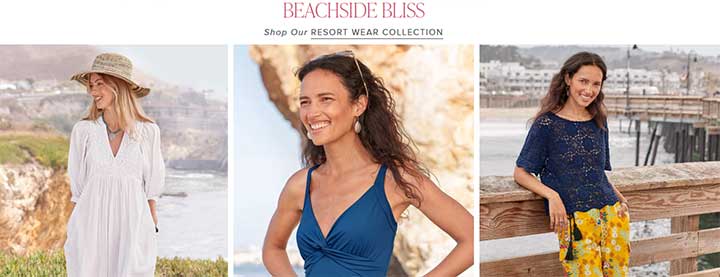
Some Sundance Catalog products incorporate rare, exotic materials that command premium pricing. This includes items like:
- Cashmere yarn and textiles made from the ultra-soft wool of cashmere goats, comprising only 2% of the world’s wool output.
- Alpaca fiber sheared from Alpaca animals native to the Andes Mountains in South America. Limited supply adds to the expense.
- Horn and bone used by artisans to craft jewelry and decor items.
- Tropical woods like teak and mahogany used in handcarved furnishings and decor.
- Precious metals including sterling silver and 14k gold used in jewelry pieces.
- Semi-precious stones like turquoise, opal, and malachite incorporated into jewelry and decorative objects.
These rare natural materials lend special appeal but also drive up costs substantially.
- Multi-Step Artisanal Process
Some products sold by Sundance involve complex artisanal processes that add layers of time, skill, and cost. For instance, artisan-made rugs may involve hand-spinning wool, natural plant-dyeing, and hand-looming.
Each step is meticulous and labor-intensive. Or hand-thrown pottery involves clay harvesting, mixing glazes, throwing on a wheel, sculpting, drying, glazing, and kiln-firing. When items involve these multi-step processes done with care by a master craftsperson, it adds considerably to the end cost.
- Low Production Volume
Because Sundance sells products made by individual artisans and small cooperatives, production volumes tend to be very low. A village workshop may only be able to produce a few dozen ceramic vases per month.
A textile studio may hand-weave a limited number of blankets. Low supply for high demand enables Sundance to charge premium pricing for rare and special creations. Limited runs of exclusive products appeal to Sundance customers looking for items few others own.
- High-Touch Customer Service
Sundance is known for providing exceptional customer service. Clients can call to speak with friendly, knowledgeable consultants to help guide purchases. Sundance handles shipping and returns in-house to maintain quality service.
The cost of staffing an in-house team with retail experts and providing personalized customer support gets incorporated into pricing.
- Rare & Unique Products
From handcrafted leather satchels to silk embroidered tunics to artisan blown glass tumblers, Sundance sells products you simply can’t find anywhere else. Everything is curated for its high-quality, artisanal appeal combining beautiful materials, skilled technique, and exotic global origins.
This careful selection of special merchandise that is largely one-of-a-kind and exclusive justifies the higher price points.
- Targeted To Affluent Customer
Sundance Catalog prices its offerings based on a target customer with high disposable income. The catalog positions itself as selling premium artisan-crafted products for customers who appreciate fine quality and can pay top dollar for rare, unique items.
The pricing aligns with the brand identity even if it puts items out of reach for more budget-conscious shoppers. Those who can afford it get to enjoy Sundance’s cachet.
- Investment in Timeless Pieces
Sundance sells customers on making an investment in each long-lasting purchase. The catalog focuses the allure of owning timeless, high-quality items crafted by artisans using natural materials.
These sustainable pieces promise to stay beautiful for years or even decades while more inexpensive fast fashion trends fade quickly. Persuading customers to invest more per piece helps justify steeper pricing.
- Price Matching Luxury Brands
Sundance competes more with upscale specialty retailers than big box and department stores. Their pricing follows luxury competitors like Nordstrom, Neiman Marcus, and specialty boutiques.
Shoppers expect to pay more for the origami-inspired clothing, hand-knit ponchos, and artisan blown glass sold at Sundance compared to Target and Costco. The prestige brand image depends on maintaining high price points.
- Coastal California Lifestyle
Sundance evokes a coastal California aesthetic and lifestyle built around nature, adventure, art, and luxury. Everything from the catalog photography to packaging to store experiences is crafted to convey a sense of relaxed luxury and the California dream.
Pricing aligns with supporting this aspirational branding mission even if comparable products cost less from other sellers. Customers pay extra for the lifestyle conveyed.
- Philanthropic Efforts
A portion of Sundance Catalog sales support a variety of philanthropic and cultural causes like funding documentaries and promoting local artisans.
This gives customers some feel-good justification for paying Sundance’s higher prices. Paying extra helps support worthy charitable initiatives that customers appreciate.
Also Read: This Is Why Zolucky Is So Inexpensive.
Frequently Asked Questions (FAQ)
While Sundance partners with artisans worldwide, very little of their catalog merchandise is actually made in China. Most products are handcrafted locally in the region they originate or made domestically in the United States. Sundance focuses on ethical production methods that support artisans. So you can generally trust Sundance clothes are not mass-produced in Chinese factories. Specific product details will disclose the country of origin.
Sundance Catalog is owned by Sundance Holdco LLC, which is affiliated with billionaires Robert Redford and Paul Maritz. Actor and filmmaker Robert Redford acquired the Sundance company in 1989. Tech executive Paul Maritz purchased a majority stake in 2014. Redford maintains an active role guiding the company’s mission and branding.
Sundance Catalog offers relatively quick shipping considering their products are handmade artisan goods. Orders received by 2 PM Pacific ship the same day. Standard shipping takes 2-7 business days within the contiguous US. Expedited and rush delivery options are also available. Sundance prioritizes fast processing and shipping from their California fulfillment center.
Sundance Catalog sells a wide variety of artisan-crafted products including:
1. Women’s clothing, shoes, and accessories
2. Men’s clothing like shirts, sweaters, and pants
3. Handknit blankets, pillows, and throws
4. Bath and body products like soaps and lotions
5. Jewelry made from natural stones, metals, and handcrafted components
6. Handmade pottery including vases, mugs, and dinnerware
7. Handblown glassware and decorative objects
8. Furniture like tables, beds, and bookcases built from natural wood
9. Handwoven rugs and textiles
10. Candles, lanterns, and home decor accents
11. Specialty foods like chocolate, tea, and olive oil
The catalog focuses on handcrafted merchandise made from natural, sustainable materials by skilled artisans worldwide. Products reflect an artful, eco-conscious aesthetic.
Wrapping Up
Sundance Catalog stands out in the retail landscape by exclusively selling unique artisan-crafted products often made by hand using natural materials and ethical practices. Their merchandise supports skilled craftspeople worldwide.
By targeting affluent customers seeking rare, sustainable goods not found elsewhere, Sundance can maintain premium pricing to match their positioning as a luxury brand. While the prices exceed more mainstream retailers, Sundance offers special products you simply won’t find anywhere else.
Customers pay more for the uniqueness, sustainable origins, and exclusive artistry behind each catalog item. Sundance evokes a sense of meaning and discovery that makes the expense worthwhile for those who can afford it.
The company stays committed to its mission of offering beautiful, consciously-crafted products that uphold timeless creative traditions worldwide.

